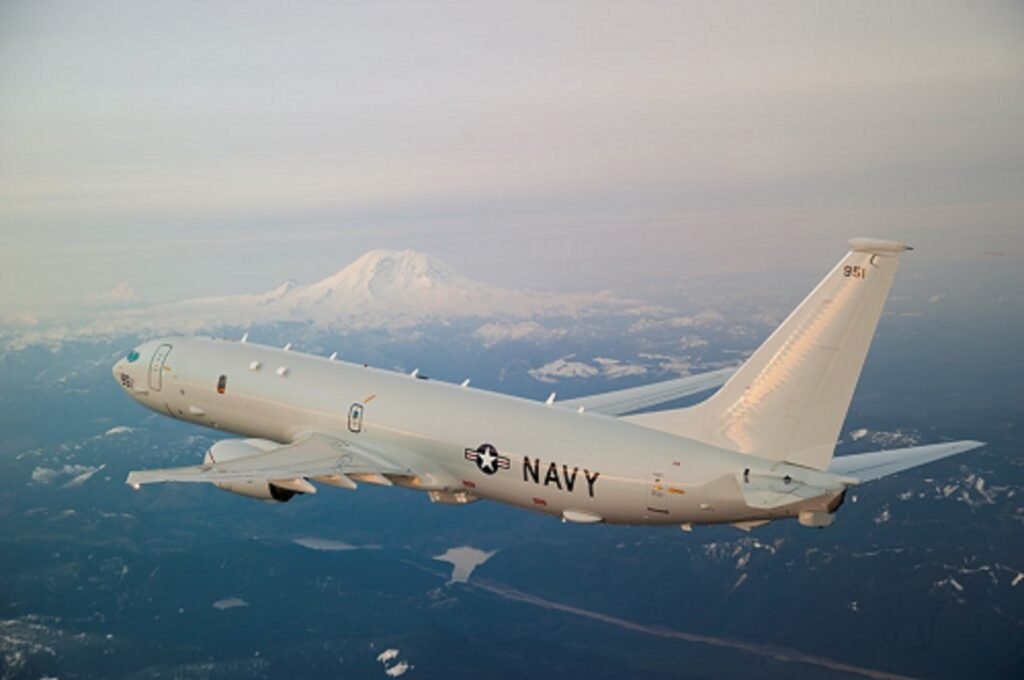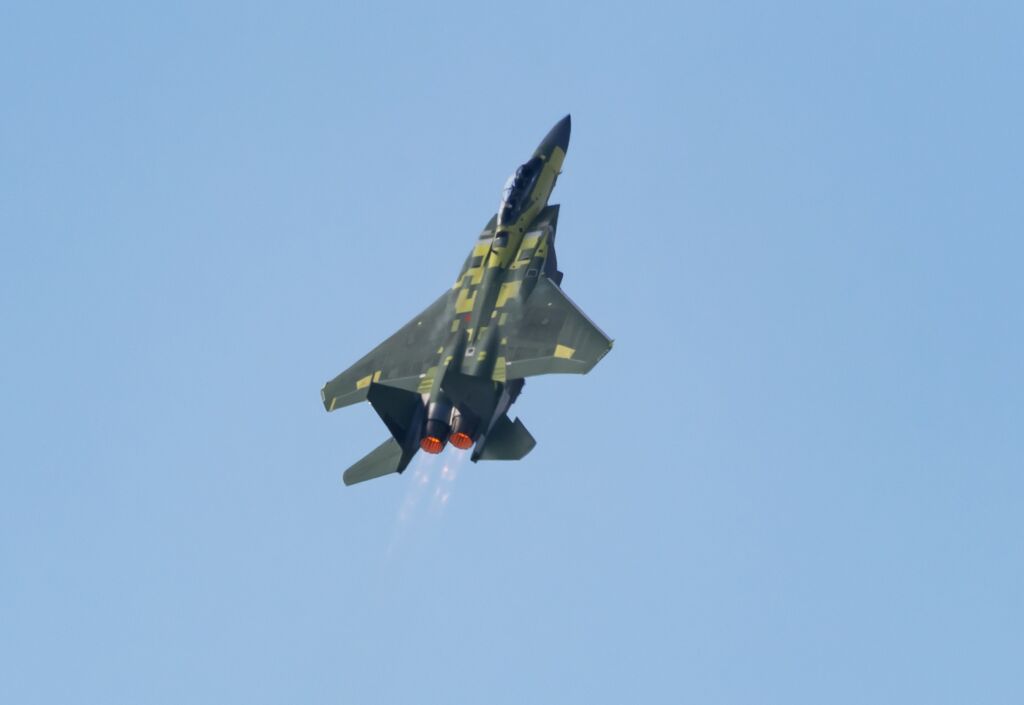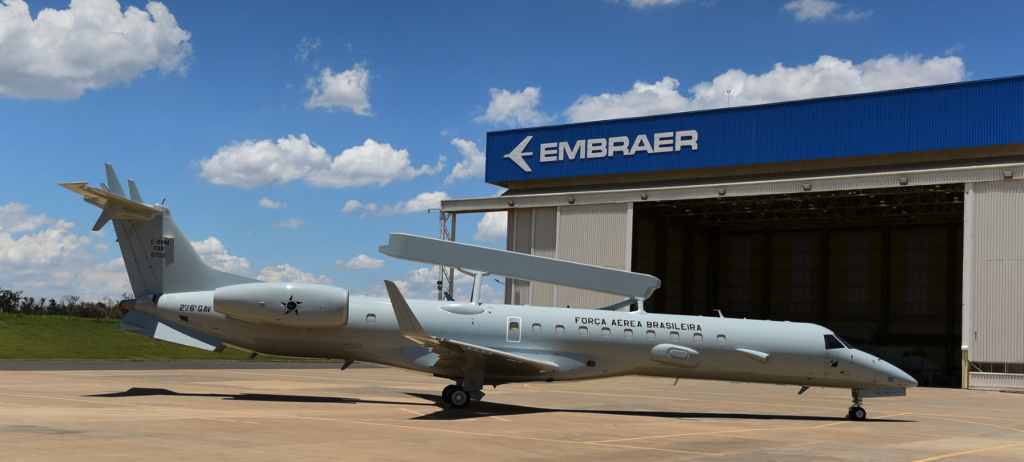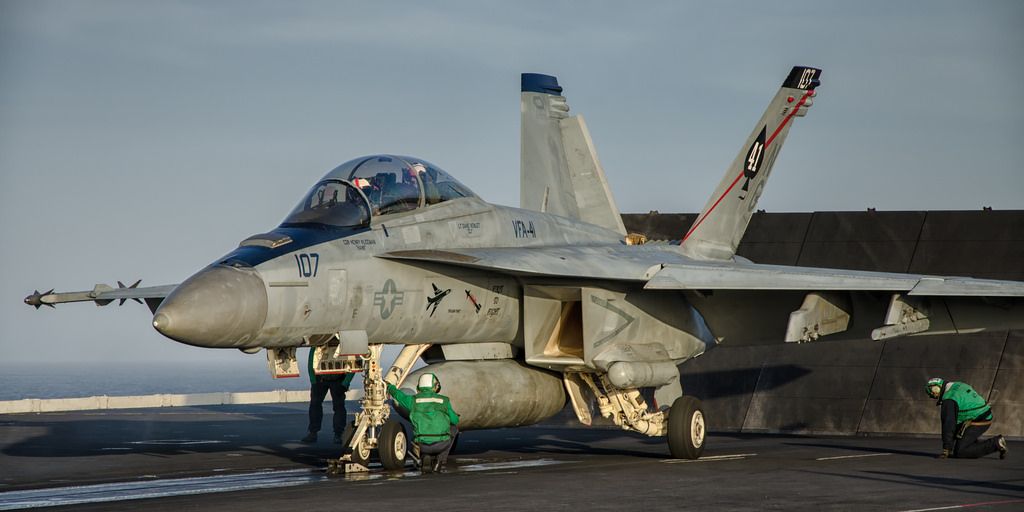Boeing Nets $1.7B Contract for P-8A Poseidon Submarine Hunters
ARLINGTON, Virginia, March 31, 2021 — The U.S. Navy today awarded Boeing [NYSE: BA] a $1.6 billion production contract for the next 11 P-8A Poseidon aircraft. Nine aircraft will join the U.S. Navy fleet and two…



